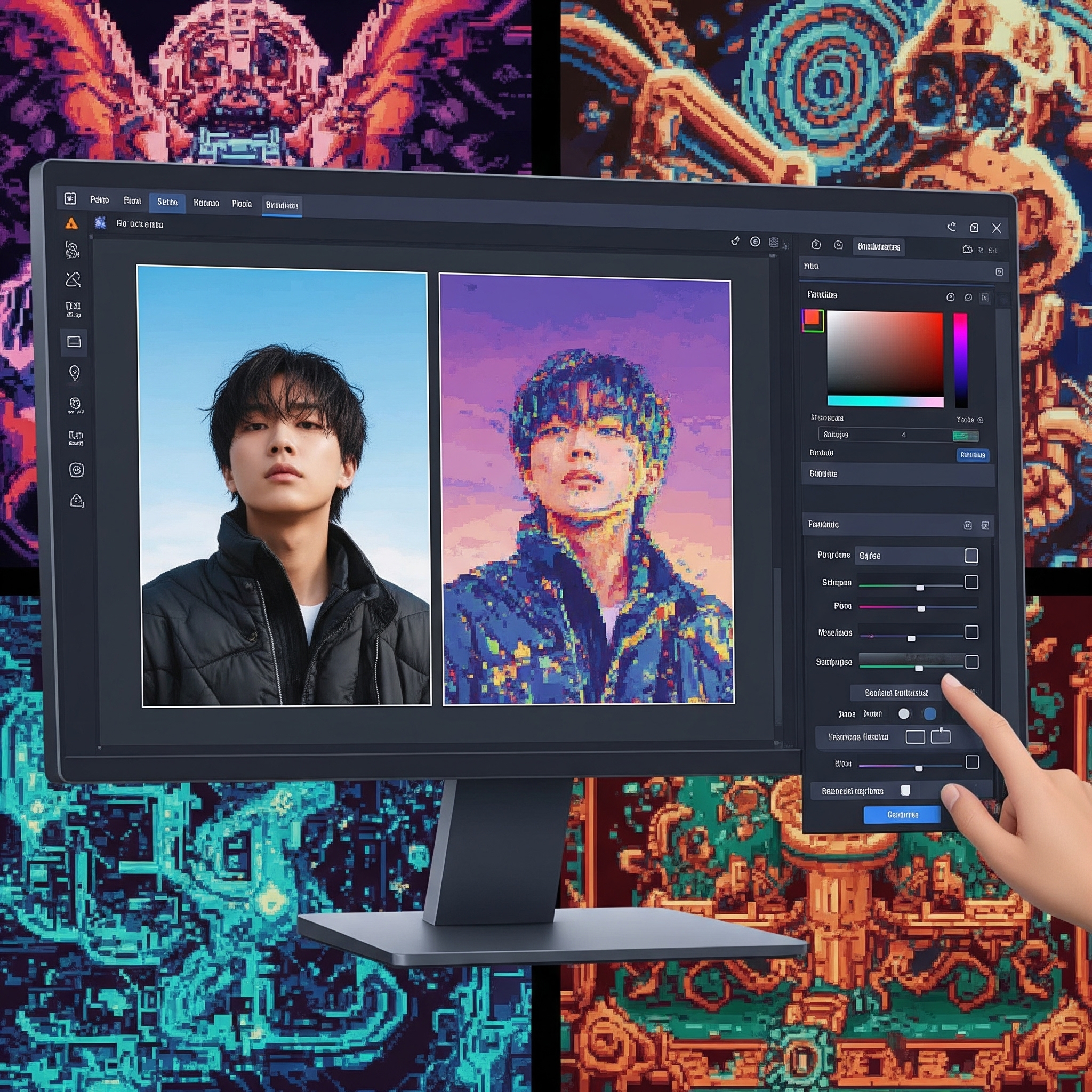Pixel art isn’t just a throwback to the ’80s anymore – it’s having a major comeback in the world of digital art and game design. But it’s not the same as it was on old arcade screens. These days, artists are using powerful tools like neural networks and AI-powered pixel art generators to bring pixel pieces to life in ways that were unimaginable a decade ago.

In this post, we’ll take a laid-back look at how pixel art has evolved, and how technology like artificial intelligence and neural nets are changing the game from the first doodle to the final render.
Table of Contents
- A Quick Trip Down Memory Lane
- What Makes Pixel Art So Charming?
- The Modern Revival
- Enter Neural Nets: What Are They?
- From Sketch to Screen – How AI Helps
- Tools of the Trade: What Pixel Artists Use Today
- Challenges and Limitations of AI Pixel Art
- What’s Next for Pixel Art?
- Final Thoughts
- Join the Conversation
1. A Quick Trip Down Memory Lane
Pixel art got its start out of necessity. Back in the day, hardware was super limited – we’re talking tiny memory, low resolution, and hardly any colours to work with. Artists had to get creative with what they had. Think Space Invaders, Super Mario, and early RPGs.
What’s amazing is how much character they could pack into just a few pixels. It wasn’t about being realistic, it was about being iconic.
2. What Makes Pixel Art So Charming?
Even with all the fancy graphics we have now, pixel art still holds a special place in people’s hearts. Here’s why:
- Nostalgia – It reminds us of simpler times and classic games.
- Clarity – Simple forms make it easy to read characters and scenes quickly.
- Style – It has a unique look that stands out.
- Creativity – Less detail means more room for imagination.
Pixel art’s retro aesthetic has become a favourite in both indie game development and digital media projects.
3. The Modern Revival
Indie games like Celeste, Undertale, and Stardew Valley have brought pixel art back into the spotlight. But it’s not just about the retro vibe anymore. Today’s pixel art is more detailed, animated, and stylised than ever before.
Social media platforms, online portfolios, and digital marketplaces help pixel artists gain followers, attract commissions, and even build careers from their creations.
4. Enter Neural Nets: What Are They?
Alright, let’s break this down without the tech jargon. Neural networks are a type of artificial intelligence (AI) that learn by looking at patterns. Think of them like a digital brain that gets smarter the more you train it.
In pixel art, neural nets can:
- Turn rough sketches into polished pixel art
- Upscale low-res pixel images without losing quality
- Animate still frames in a believable way
Essentially, they serve as super assistants for digital artists.
5. From Sketch to Screen – How AI Helps
Here’s how the process often works today:
- Sketch: The artist makes a basic outline.
- Input to AI: That sketch gets fed into a neural net.
- Render: The AI fills in colours, details, and even lighting effects.
- Touch-up: The artist steps in to clean up and add final tweaks.
This combo of human creativity and AI-powered rendering speeds up the workflow and opens new creative doors.
6. Tools of the Trade: What Pixel Artists Use Today
These are some popular tools that mix traditional pixel editing with AI-driven features:
- Pixen and Aseprite for classic pixel editing
- Runway ML and Artbreeder for AI pixel generation
- Pixelmash lets you sketch and convert to pixel art automatically
- Photoshop with AI plugins for pixel-level control
Each tool offers unique features for both beginners and pro pixel artists.
7. Challenges and Limitations of AI Pixel Art
Using neural networks in pixel art creation isn’t all smooth sailing. Here are a few bumps in the road:
- Over-smoothing – AI sometimes “softens” the image too much, losing that sharp pixel feel.
- Learning curve – It can take time to understand how AI tools work.
- Creative control – The AI might generate results that don’t match the artist’s style or vision.
So while it’s helpful, it’s not a full replacement for talent and technique.
8. What’s Next for Pixel Art?
Looking ahead, we’re likely to see even more hybrid workflows in digital art:
- Real-time AI suggestions during drawing sessions
- Advanced pixel animation tools
- Cross-media applications (like NFTs, mobile games, AR/VR)
The blend of pixel art and AI is opening up possibilities we’re just starting to explore.
9. Final Thoughts
Pixel art has come a long way from the arcade machines of the ’80s. With tools like AI and neural networks, artists can now create detailed, dynamic pieces faster than ever. But even with all this new tech, the soul of pixel art is still the same: turning tiny squares into big feelings.
Whether you’re a game developer, hobbyist, or just a fan of retro visuals, pixel art powered by AI is something worth keeping an eye on.
10. Join the Conversation
Love pixel art? Tried any AI tools yourself?
Leave a comment below! What do you think about the future of pixel art and AI? Should machines help us create, or should they stay all-human? Let’s chat below!
